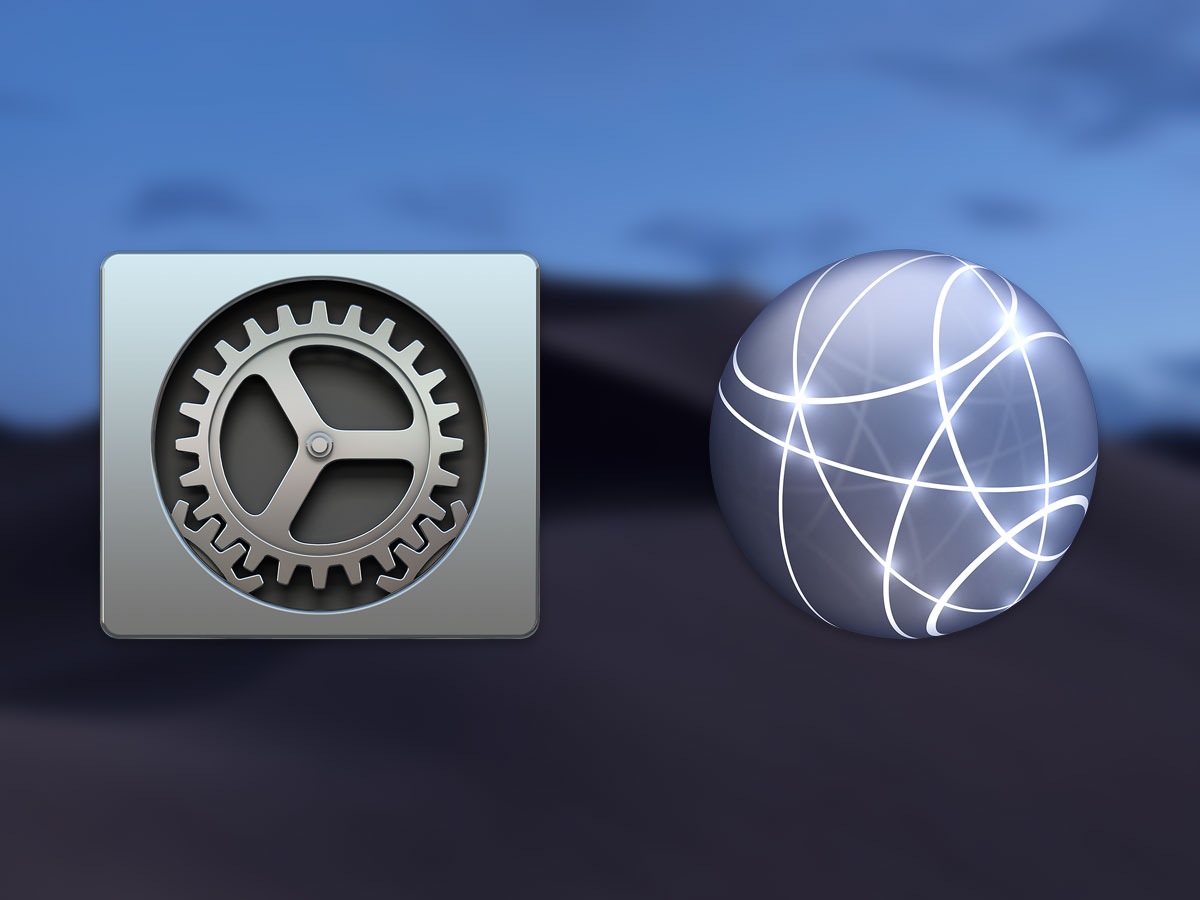


Info: Provides text-based details about the Wi-Fi network you're currently connected to, including the transmit rate, security protocol in use, channel, and band. WiFi Explorer finds and displays the configuration of nearby Wi-Fi networks, including network name (SSID), BSSID, vendor, country code, channel, band.Open the app by option-clicking on the Wi-Fi indicator in the.

In addition, the Scan function also suggests the best channels for you to use for your own Wi-Fi network, a helpful feature if you're in a crowded Wi-Fi environment. Apple ships a little-known utility app that helps you analyze and diagnose your Wi-Fi connection, called Wireless Diagnostics.
Scan for Wi-Fi Networks: The scan function looks for all Wi-Fi networks in your general area and shows key information about each one, including strength, noise level, and channels being used. Turn on Debug Logs: Allows you to capture debug-level events occurring on your wireless network. Capture Raw Frames: Allows you to capture data sent over the wireless network, data sent or received by your computer over the wireless network, and data from any nearby network to which you have access rights. Hold down the option key on your Mac keyboard, and select the WiFi icon in your Mac’s menu bar (Note: You can also press command+space and enter wireless diagnostics into Siri Spotlight Search to open your Mac’s wireless diagnostics tool.) Select Open Wireless Diagnostics from the menu. Record Events: Can log specific events, such as users connecting to or disconnecting from the Wi-Fi network. Also, generates a log of signal performance over time. Monitor Performance: Provides a near real-time graph of signal strength and signal noise.







 0 kommentar(er)
0 kommentar(er)
